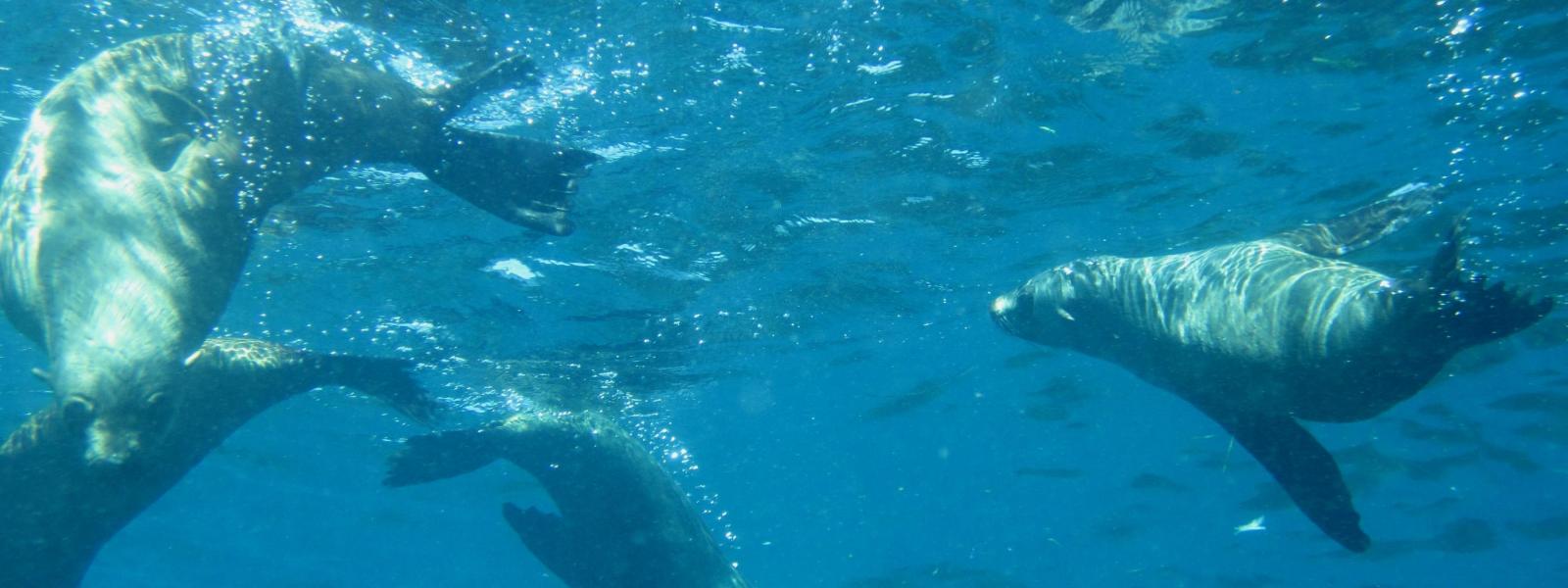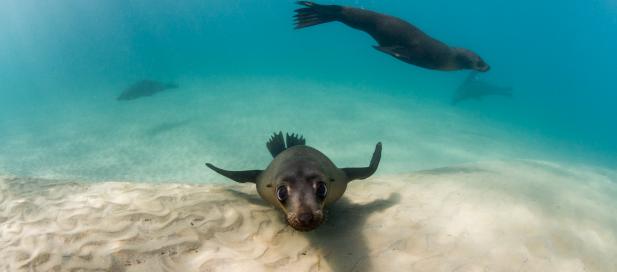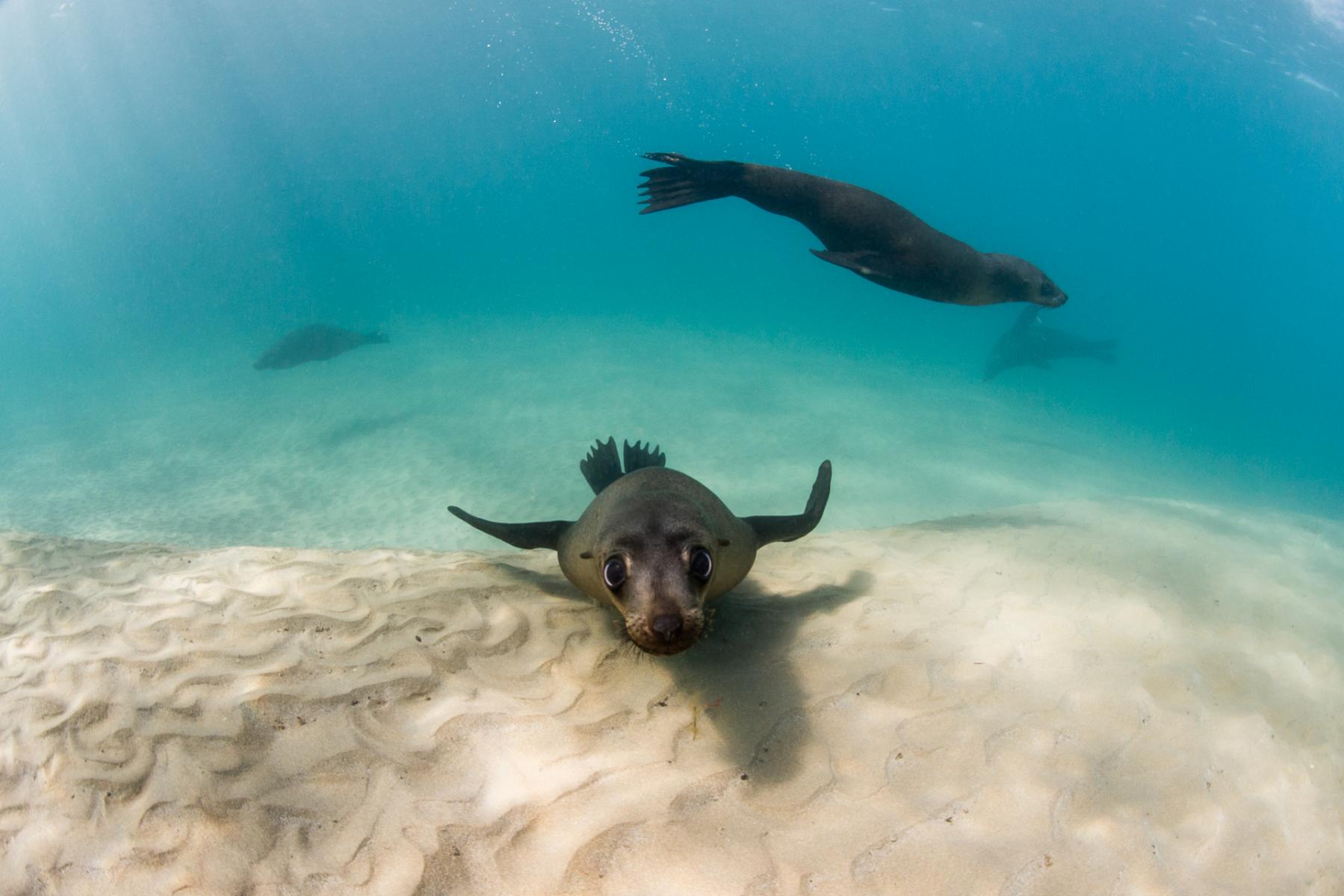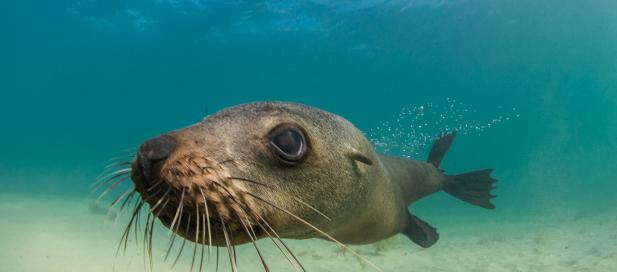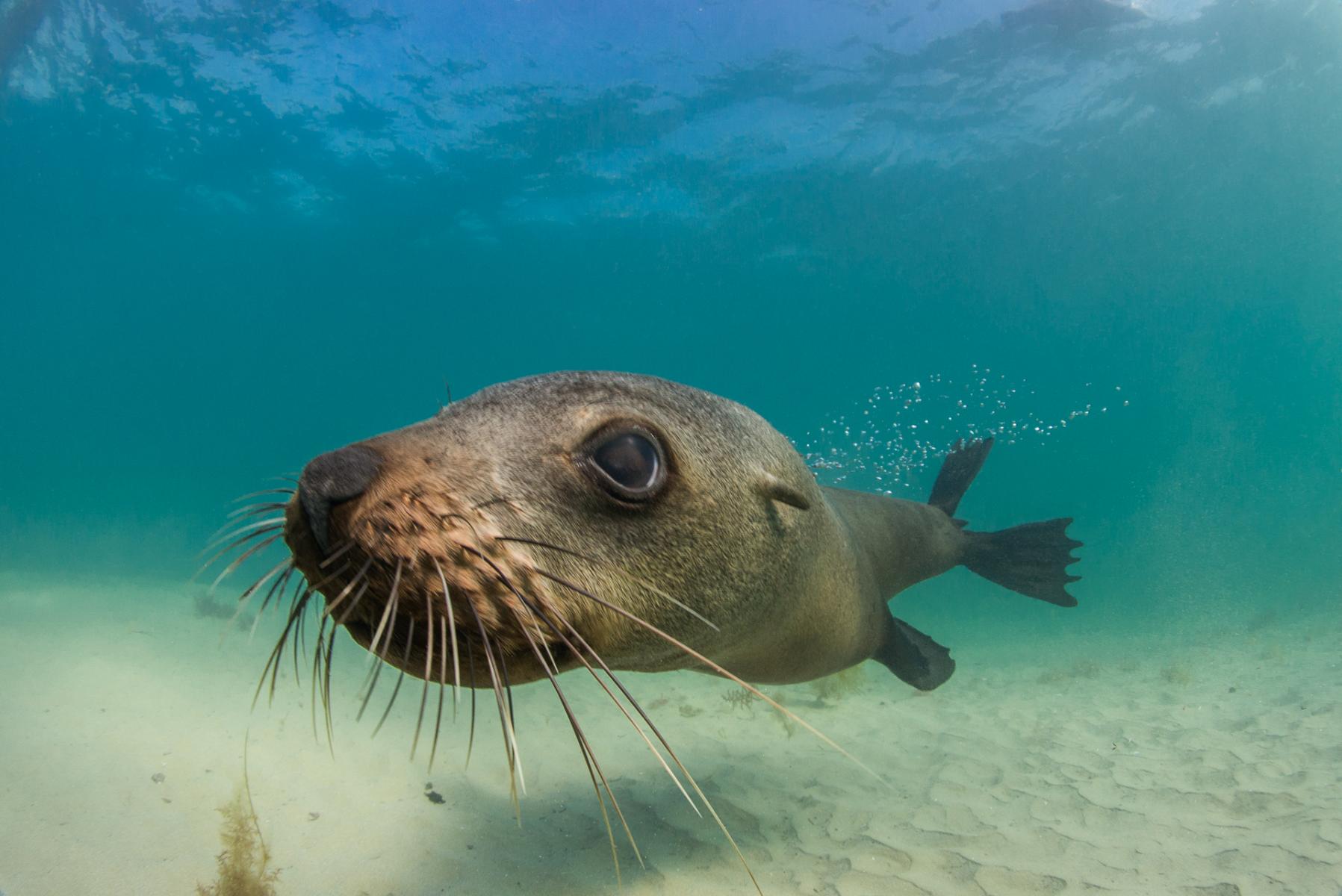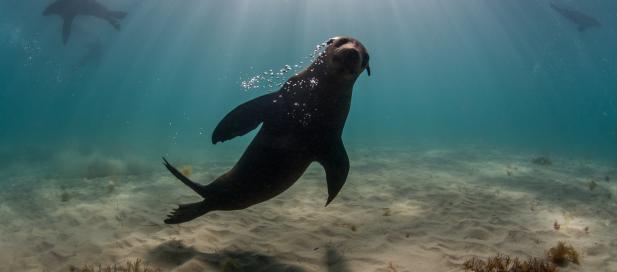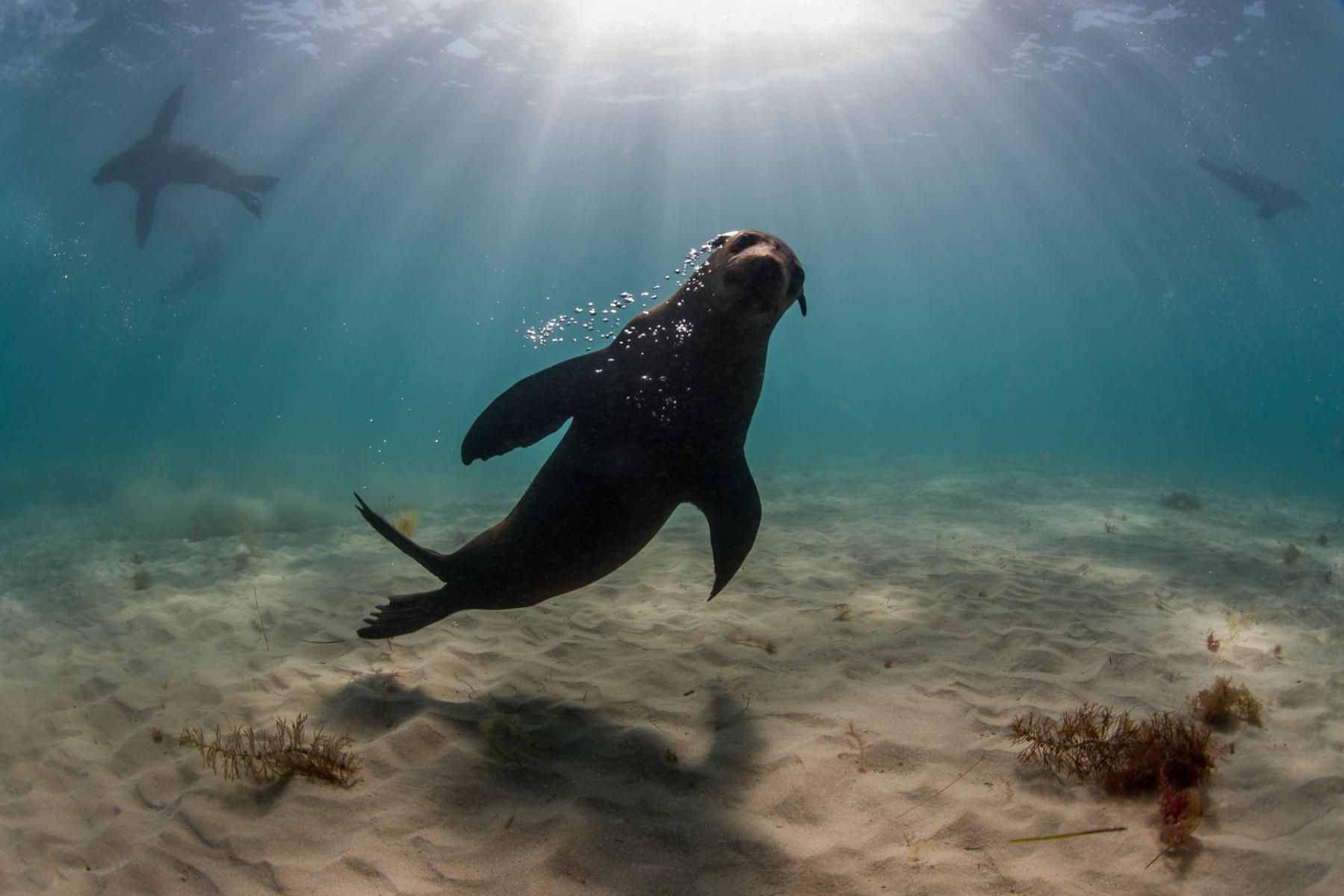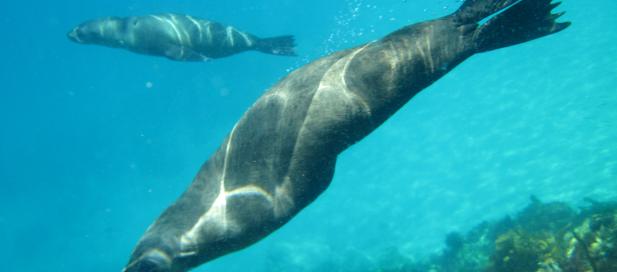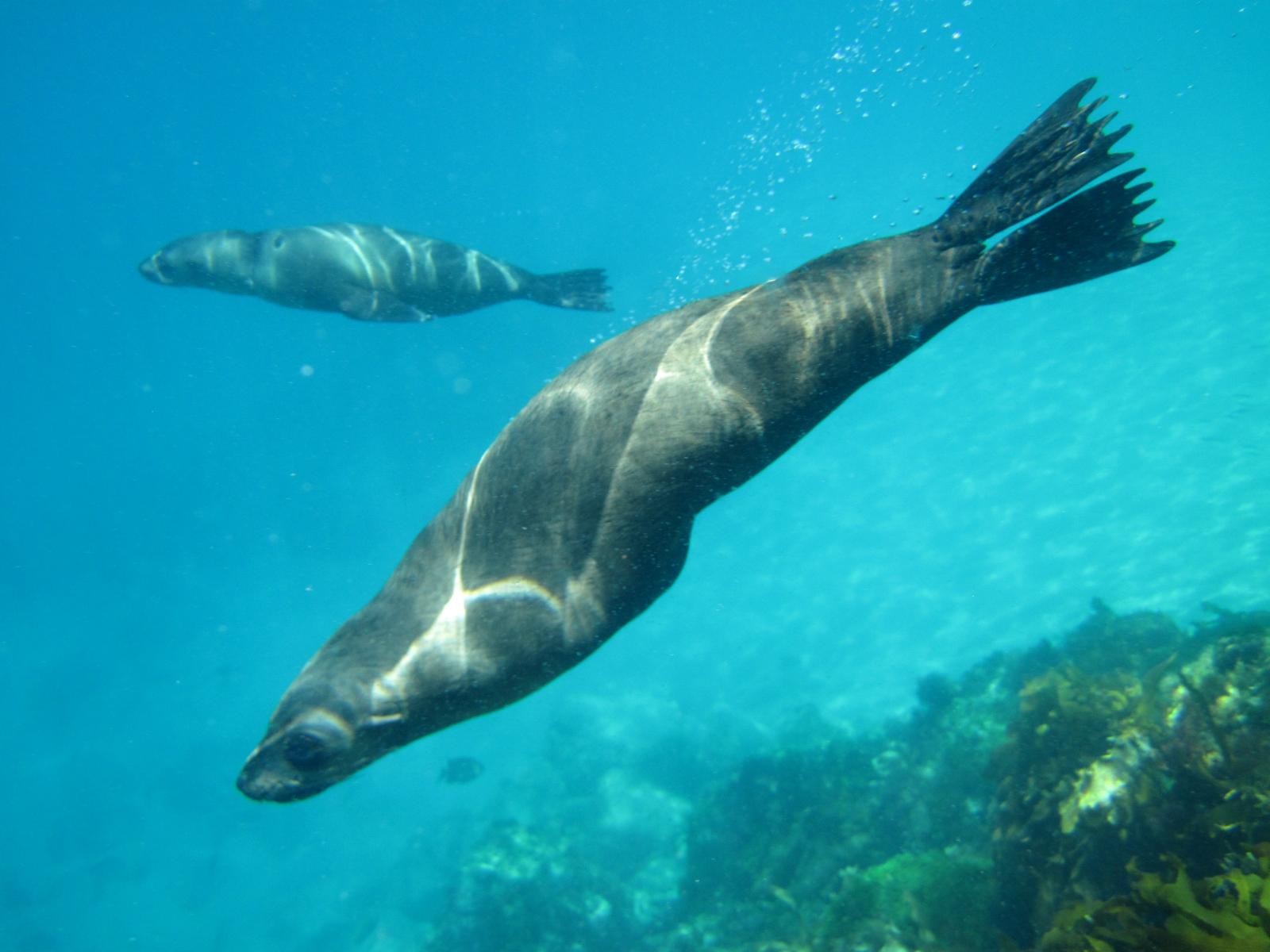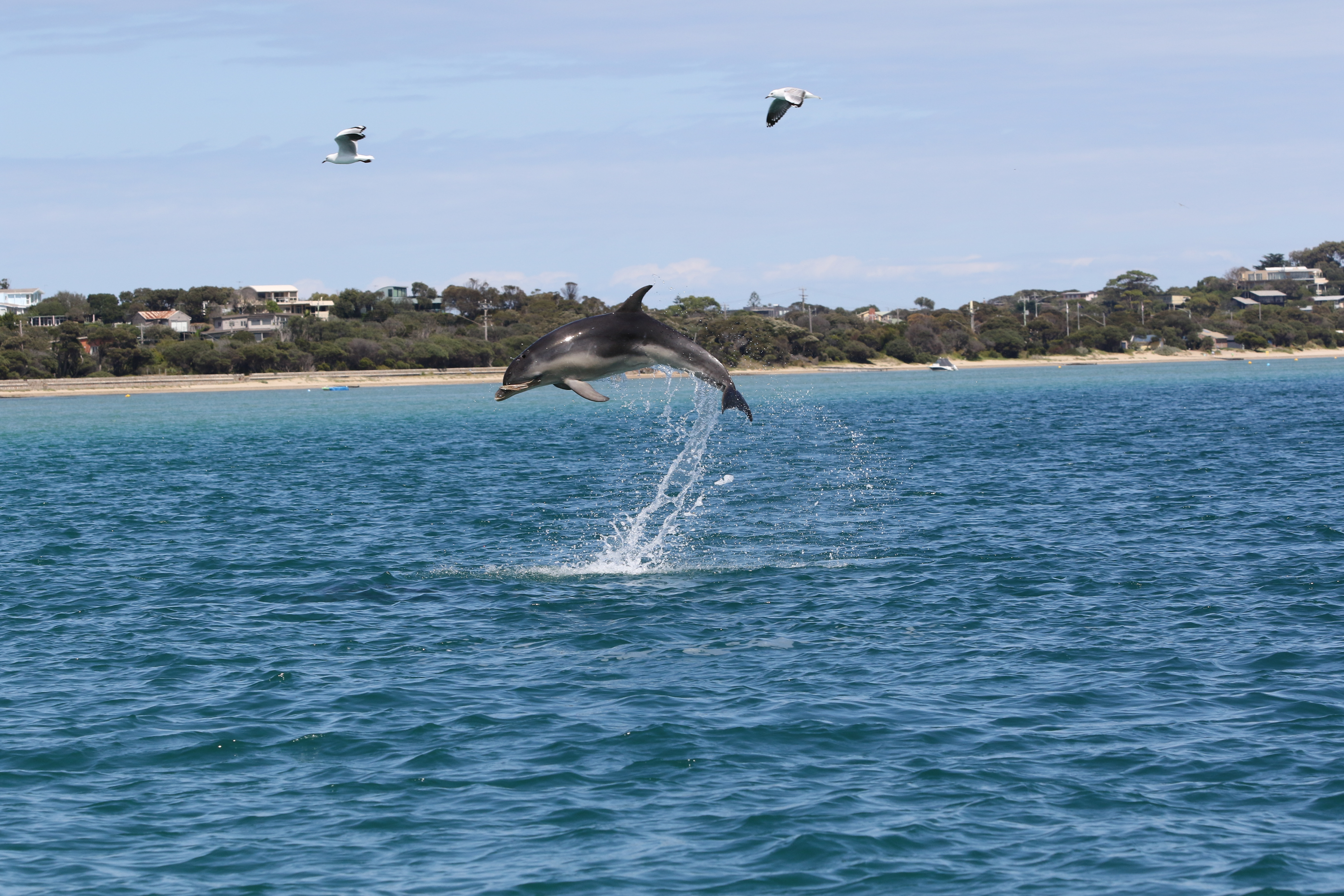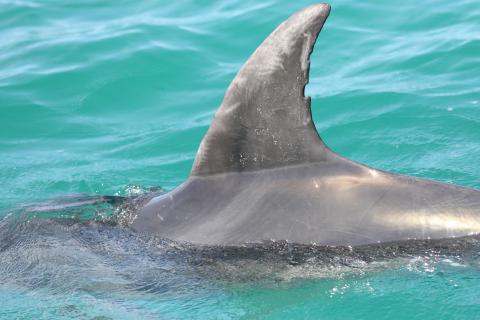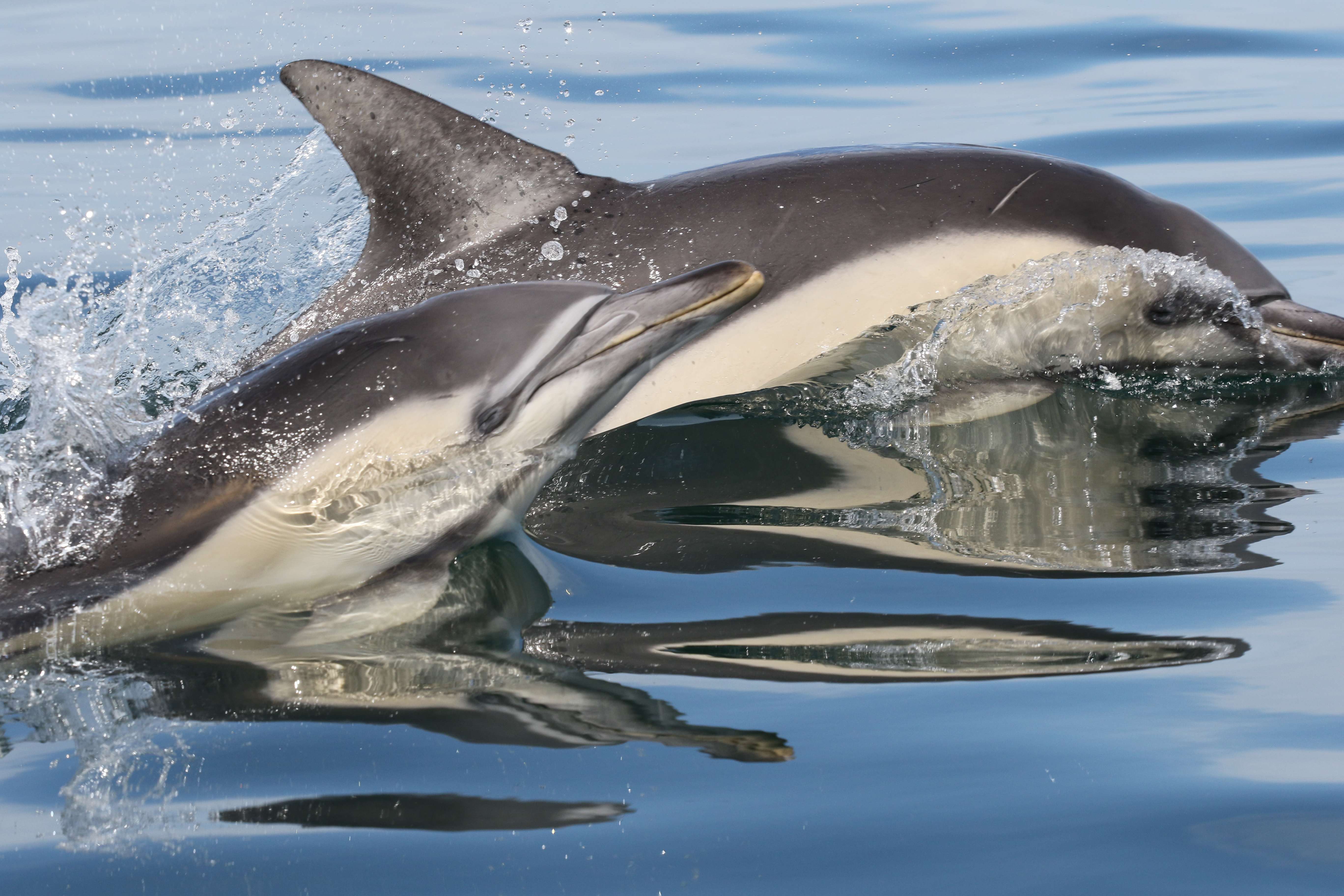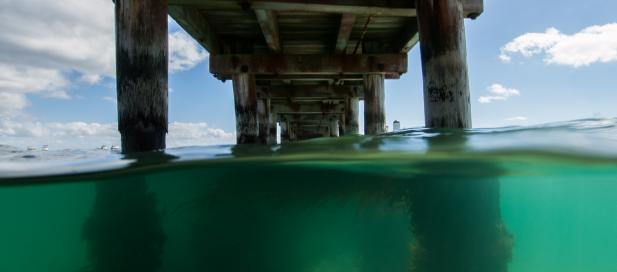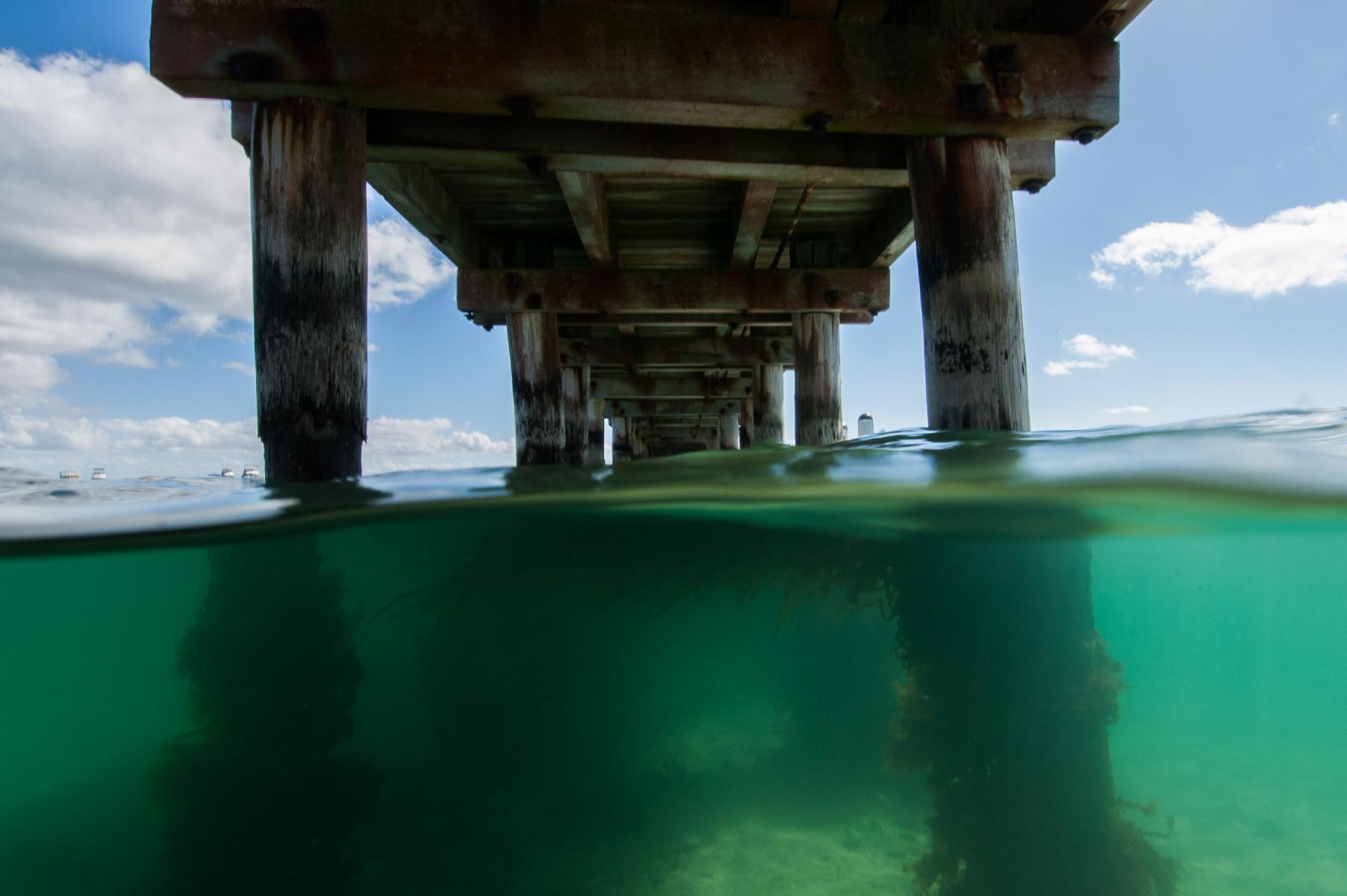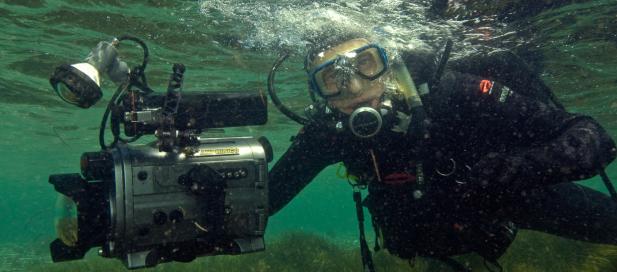The Australian fur seal is the predominant seal species seen in Port Phillip Bay.
The seals can be found occasionally resting on beaches around the bay, and more commonly towards the heads around the Mornington and Bellarine Peninsulas.
The bay’s Australian fur seals do not breed within the bay, but will frequently ‘haul out’ (or leave the water after foraging to spend time on land) on most man-made structures found within the bay – particularly those around Port Phillip Heads. These include Chinaman’s Hat, Pope's Eye, South Channel Fort and South Channel Marker, but also include smaller structures and buoys.
Port Phillip Bay is occasionally visited by other seal species including sub-antarctic fur seals, Australian sea lions, southern elephant seals and leopard seals.
Litter, both general rubbish and fishing waste, are the chief threats to the seals. Curious seals can occasional swim into debris and become entangled. As the seals’ habitat is altered and degraded as a result of human activity they may start to rely on humans for food (habituation).
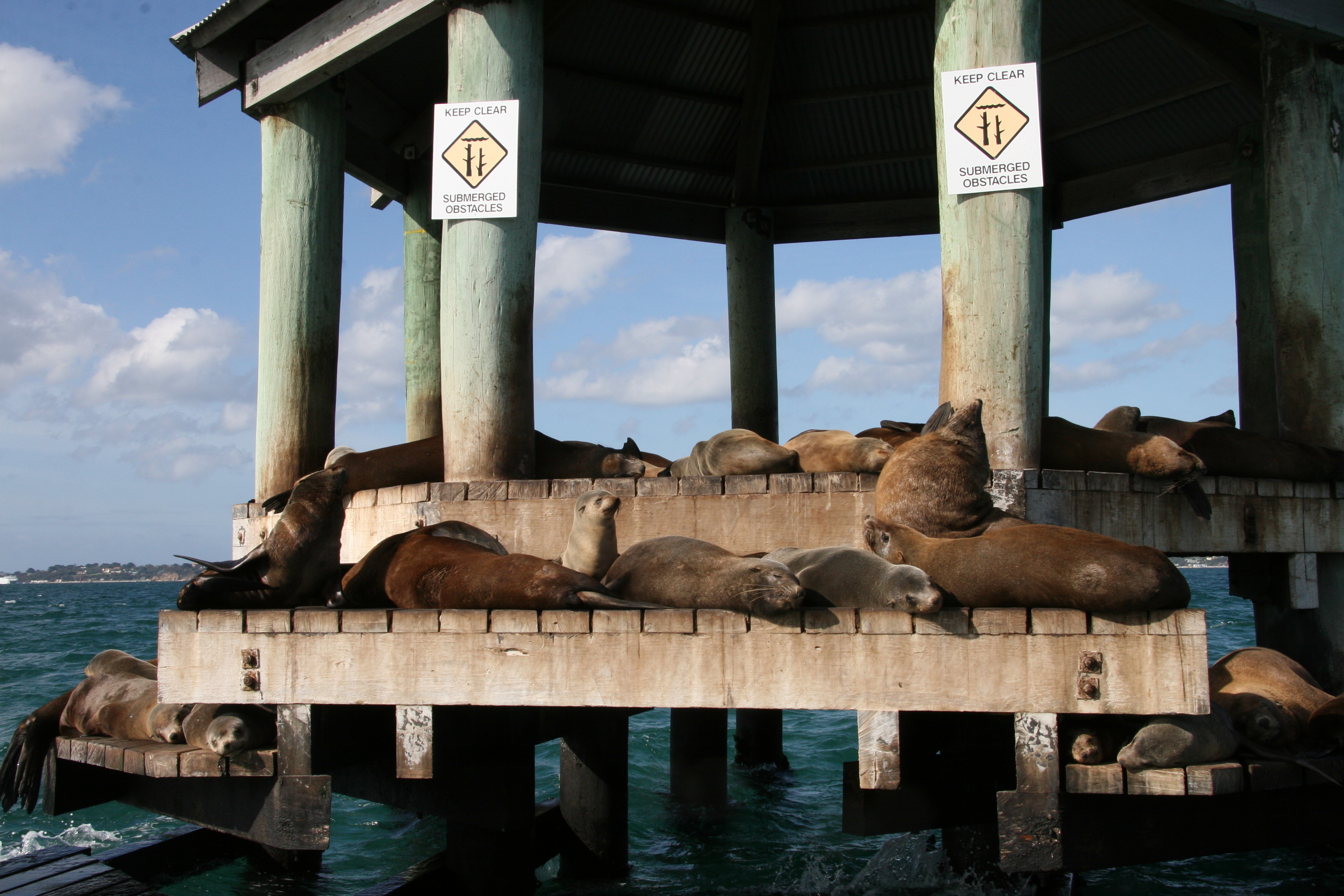
What we know
By becoming used to and more familiar with humans, the seals may lose their normal ability to spot danger or hazards. This can result in the seals getting tangled in debris, injured (for example by being hit by a boat’s propeller), or may lead to conflict with humans or domestic animals.
Dogs pose a threat to seals resting on beaches. If seals are unable to escape dogs and are bitten, they are at risk of getting a transmittable disease, posing a threat to the rest of the seal population.
The bays’ boaties are getting together to save our seals and other much loved marine life. Be a part of the effort to get 50,000 more eyes keeping check on the bays’ creatures.
Zoos Victoria’s AGL Marine Rescue Unit, is tapping into the direct links the Victorian Boating Industry Association has with the boating community, providing a big boost to the number of eyes working to identify and convey the locations of marine life at risk.
The name, New Zealand fur seal, confused many along the coasts who mistook the seals for pests, so they underwent a recent name change. Now known as long-nosed fur seals, some scientists believe that they could have been here longer than the Australian fur seal.
